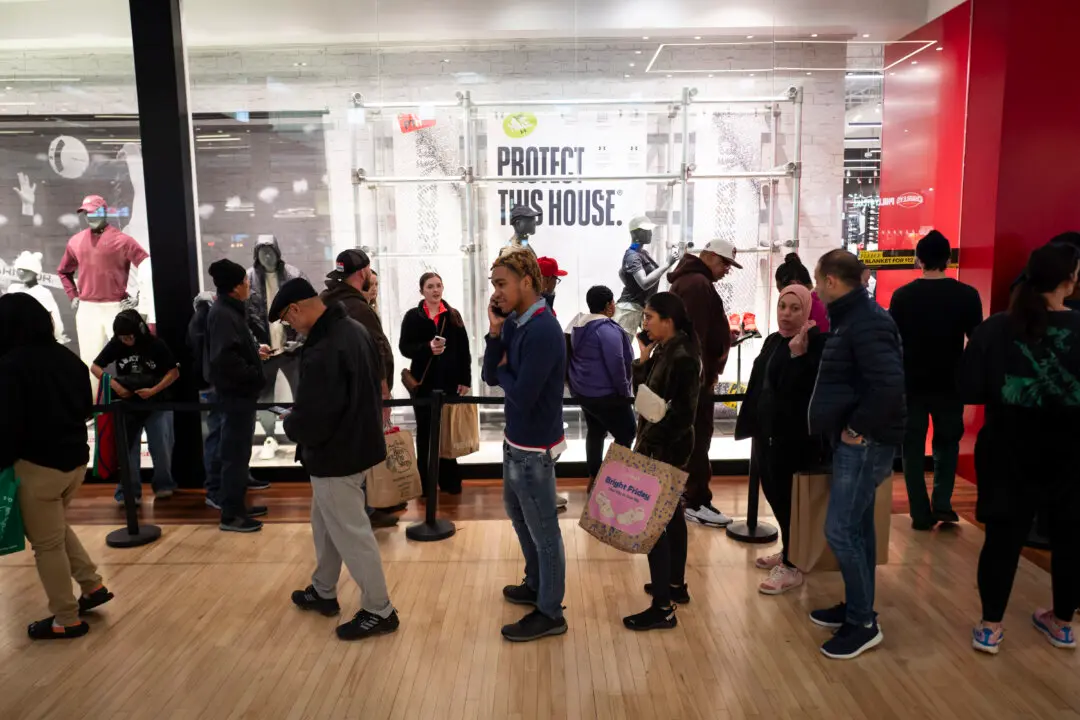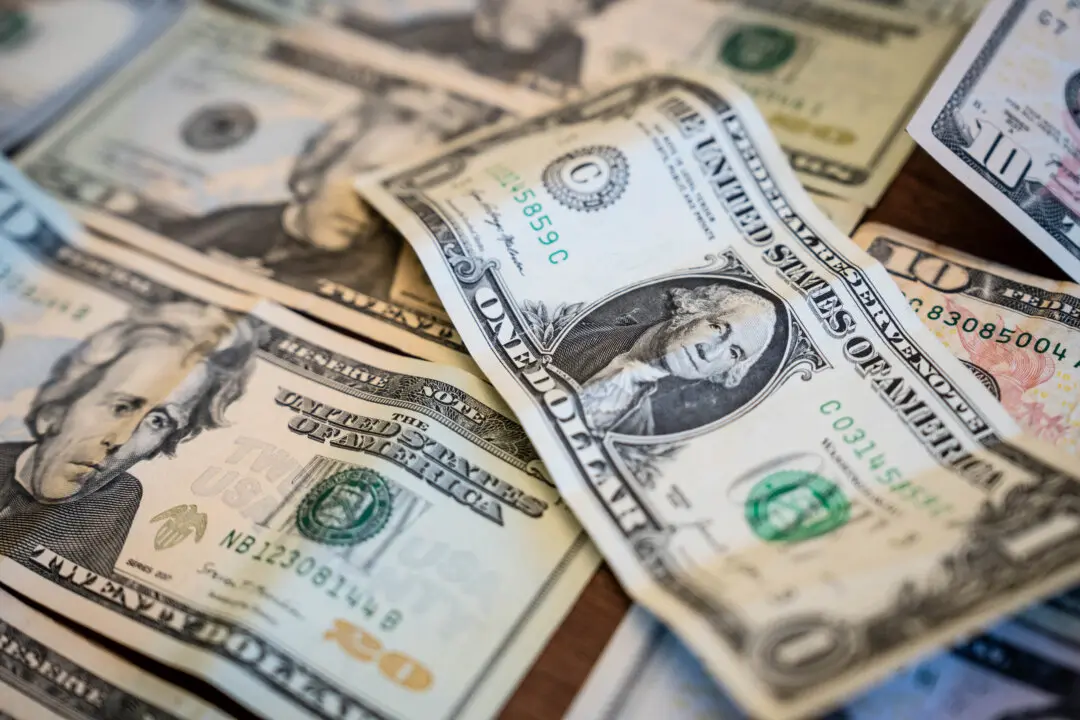The U.S. annual inflation rate came in at 8.2 percent in September, down from 8.3 percent in August, according to the latest data from the Bureau of Labor Statistics. This was higher than the market expectation of 8.1 percent.
Core inflation, which strips the volatile food and energy sectors, rose to a 6.6 percent annual rate, a new four-decade high. This was up from 6.3 percent in August and higher than the market forecast of 6.5 percent.






